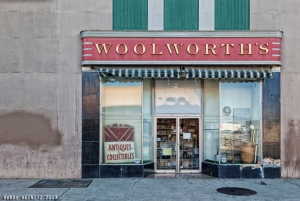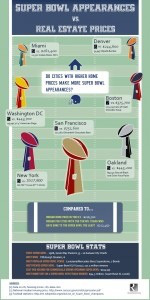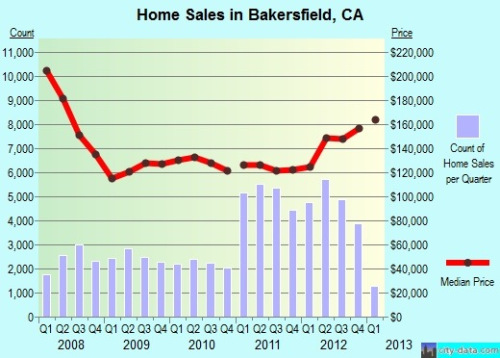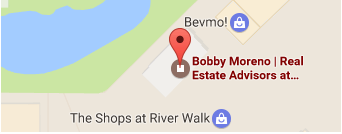How To Find A Good Realtor in Bakersfield, California
The real estate market in Bakersfield, California is the Golden State’s newest gold mine. It attracts investors prospecting for brilliant deals, Millennials looking for the perfect place to pay off student debt, and low-income families. The demand for a good realtor in Bakersfield has never been greater.
In recent years, the median monthly cost of housing has been $1,805 according to NerdWallet. This astounding statistic has led the city to be featured in several nationwide studies and reports. Bakersfield has been rated the second best city nationwide for “Average Joes,” since residents have an average $13,415 in annual surplus income. To put this into perspective, the number 5 spot has only $5,605 in surplus income. Plus, a study by SmartAssest ranked Bakersfield as the fourth best American city to get rid of credit card debt. You can find even more useful rankings and statistics, including family friendliness and affordability information, on WalletHub.
With so many perks attracting homebuyers, real estate tends to enjoy lightning-quick turnover. It’s important to find a top reviewed Bakersfield real estate agent to ensure the best deal on the best property possible.
There are 5 main points on the checklist for a talented Bakersfield real estate agent.
1. Find a Veteran
Those in the know consider 5 years in the business a good benchmark for an experienced Bakersfield realtor. Anything short of that, and your agent will be learning off you. In certain cases, this can work to your benefit. Newer realtors may have more time to devote to you. If they make up for their inexperience with diligence, you may come out on top.
However, there are numerous top reviewed Bakersfield real estate agents with more than 5 years of experience, so it shouldn’t be difficult to find a veteran with time to spare.
Regardless of experience, a good agent has national, state, and local credentials. They will be members of the National Association of Realtors, the California Association of Realtors, and the Bakersfield Association of Realtors. Additionally, members of these associations are bound to a code of ethics.
2. Pick a Winner
Once you’ve separated the cream of the crop, it’s time to find the best of the best. Realtors nationwide are in competition for numerous awards. Some of these awards are based on statistics, but other, more coveted awards are peer-reviewed.
For example, top rated Bakersfield realtor Bobby Moreno consistently ranked among the top 20 Caldwell Banker realtors from an international pool of over 100,000. On the other hand, he has received peer-reviewed awards like the highly esteemed Presidents Premier Achievement Award. Finally, websites with client feedback like realtor.com have rated him with 4.8/5 stars.
While awards aren’t necessary to find a suitable agent, they certainly offer peace of mind. If you land a realtor with this level of credentials, you can rest assured that a killer deal is on the way.
3. Find a Match Made in Heaven
One aspect that many prospective homebuyers overlook is personal chemistry. You and your real estate agent may spend six months or more searching together, so it’s important everyone gets along.
Your collective ability to find a well-suited property will be a matter of synergy. Ensure that you feel at ease around your potential agent. Trust, communication, and transparency are cornerstones of an excellent homebuyer-realtor relationship.
4. Choose a “Hyper-Local”
The top rated Bakersfield real estate agents will be longtime locals. Ideally, they will have been raised in the community. It’s one thing to know basic statistics about local schools, but it’s quite another to have personally attended them.
Permanent locals will have knowledge about a thousand and one things that newcomer realtors won’t. They will understand how efficiently the city council runs, how likely it is that the new property tax bill will be approved, and which corner cafe is the best hipster meet-up.
It’s important that you narrow your search to a handful of neighborhoods. Then choose an agent that knows every neighborhood like the back of their hand.
5. Choose the Right Specialist
The majority of properties in Bakersfield are affordable, single-family homes. Those deciding to buy a home in the area will most likely require an expert in foreclosures, short sales, first-time homebuyers, and/or investment rental properties.
No matter what your personal needs, it is important to determine exactly what type of property you want and find an agent that suits you to the “T”.
Bonus: Questions To Sift Through Potential Realtors
1. Can you provide references?
Any realtor worth his salt should be able to respond immediately with a lengthy, sparkling list of client feedback. On the flip side, consider asking family and friends if they can refer you to a well-reviewed Bakersfield real estate agent.
2. Are there any local properties with unusual histories?
The purpose of this question is to test the agent’s intimate knowledge of the area. That doesn’t necessarily mean the realtor with the best story wins. What matters is the confidence of the answer.
3. What are the drawbacks of buying a Bakersfield home?
The more honest the answer, the more you can trust the agent. Search for forthcoming, genuine, and big-picture responses.
4. How will you keep me informed?
The best response here is a question itself, “What is the best way to keep you informed?” Alternatively, a good agent will respond with a list of possible communication methods. A commitment to service is tough to undervalue.
If you are looking to buy property in Bakersfield, you are well-advised to direct these questions to Bobby Moreno. Born and raised in Bakersfield, he has since acquired 16 years of professional real estate experience. He has put over 700 families in homes during the last 3 years and continues to work hard to grow those numbers. In addition to national, state, and local certifications, he has earned the following credentials:
*Certified Distressed Property Expert (CDPE)
*Certified Short Sale and Foreclosure Resource (SFR) Specialist by C.A.R.
*Certified Home Affordable Foreclosure Alternative (HAFA) Specialist by C.A.R.
*Equator Platinum/Short Sale Certified
Get in touch today!















